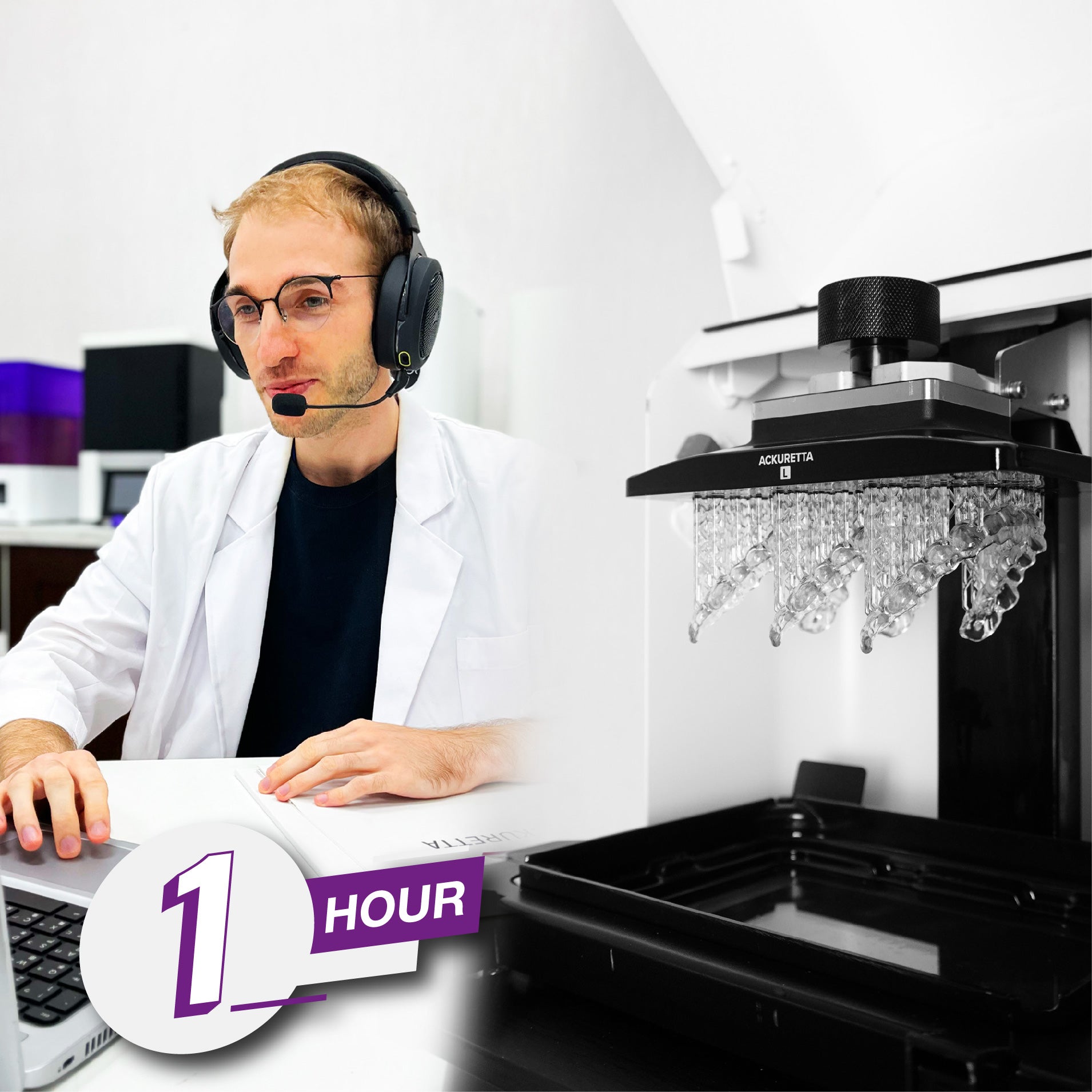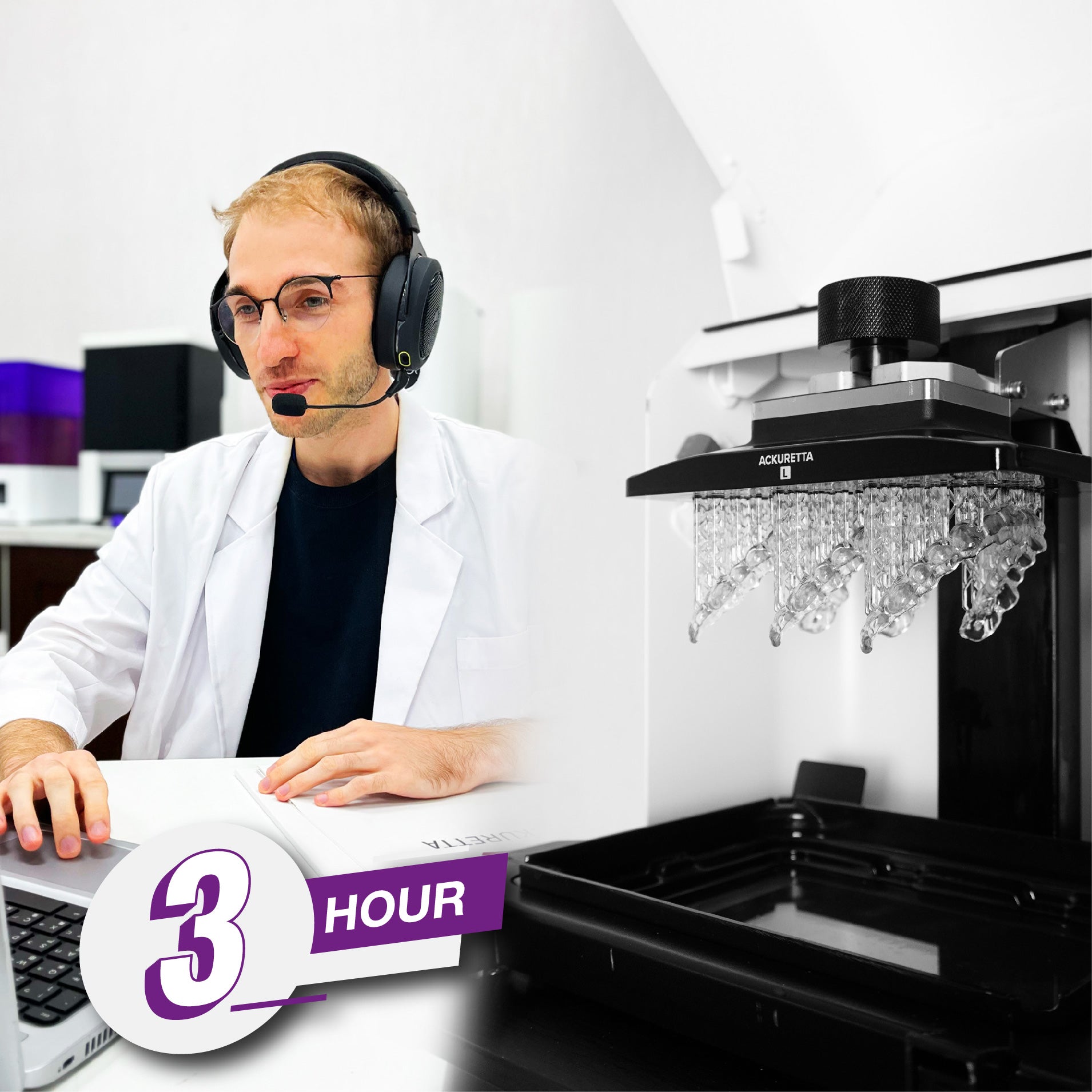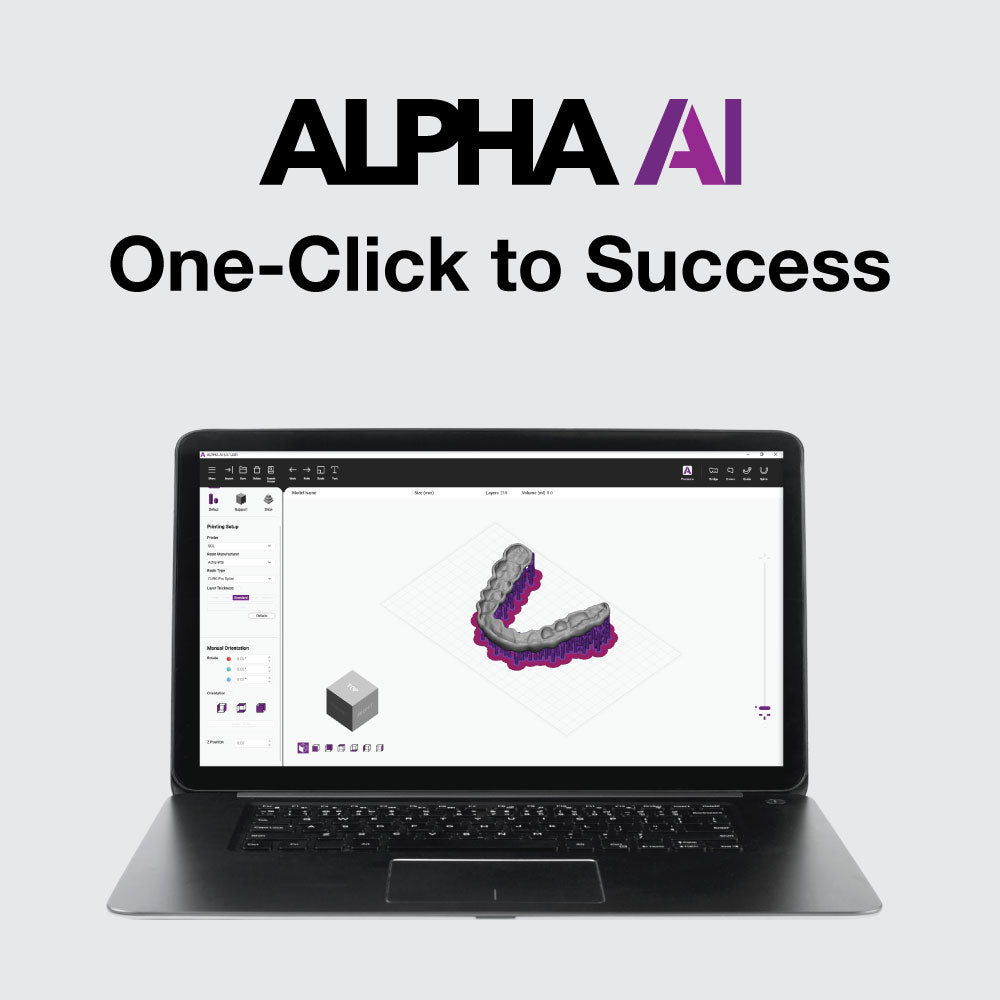In addition to the uses identified elsewhere in this Privacy Policy, we may use your Personal Information to:
- (a) improve your browsing experience by personalizing the Websites;
- (b) send information (other than marketing communications) which we think may be of interest to you or that you have opted into receiving by post, email, or other means this information includes notifications by phone or email of print status, resin levels, or other printer specific information;
- (c) send you marketing communications relating to our business or the business of carefully-selected third parties which we think may be of interest to you; and
- (d) provide other companies information with statistical information about our users; but this information will not be used to identify any individual users.
Third-Party Disclosure
We may employ services from third-party providers to visitors to our Websites on our behalf. We may need to share your information with them to provide you with information, products, and services. Examples may include removing repetitive information from prospect lists, analyzing data, and providing customer service. In all cases where we share your information with such agents, we explicitly require the agent to acknowledge and adhere to our privacy and customer data handling policies.
In addition, we may share data with trusted partners to
- (a) contact you based on your interest in receiving such communications,
- (b) contact you based on your location to provide you with faster delivery times.
- (c) help us perform statistical analysis,
- (d) send you email or postal mail,
- (e) or provide customer support.
We will never sell your Personal Information to any third party.
US Residents Requesting A Quotation
When submitting a request for a quotation within the contiguous United States and territories, you may be contacted by one of our local authorized resellers for localized support and service.
California Consumer Privacy Act
Consumers have the right to request their information in a readily usable format. This is free of charge and provided within 45 days of the request.
Our customers can request that we delete any personal data and information.
Our privacy policy is updated every 12 months so that customers may know if/how we are collecting, selling, processing, gathering additional, or otherwise managing their data differently than previously disclosed.
Social Media Features
Our Websites include Social Media Features, such as the Facebook Like button and Widgets, such as the “Share This” button or interactive mini programs that run on our sites. These Features may collect your IP address, which page you are visiting on our sites, and may set a cookie to enable the Feature to function properly. Social Media Features and Widgets are either hosted by a third-party or hosted directly on our Websites. Your interactions with these Features are governed by the Privacy Policy of the companies providing them.
Customer Testimonials and Comments
We post customer testimonials and comments on our Websites, which may contain Personal Information. We obtain each customer’s consent via email prior to posting the customer’s name and testimonial.
Credit Card Information
If you give us credit card information, we use it solely to check your financial qualifications and collect payment from you. We use a third-party service provider to manage credit card processing. This service provider is not permitted to store, retain, or use information you provide except for the sole purpose of credit card processing on our behalf.
International Transfer of Information
To facilitate our global operations, we may transfer and access Personal Information from around the world. If you are in the European Union, or other regions with laws governing data collection and use, by providing your personal data to us, you consent the transfer to, processing, and storage of your personal information in Taiwan and other countries, the privacy laws of which may be considered less strict than those of your region. This consent applies in addition to other legal grounds for transfer, processing and storage of your personal information, such as for contract fulfillment purposes.
Retention of Personal Information
We retain Personal Information that you provide as long as we consider it potentially useful in contacting you about our company, products or services. We retain information about our customers for as long as we need it to provide service to the customer. We will delete this information from our service at an earlier date if you so request, as described in Personal Information and Communication Rights.

























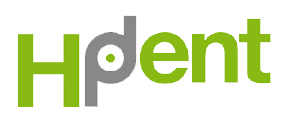
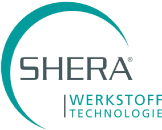







































 Loading ...
Loading ...













